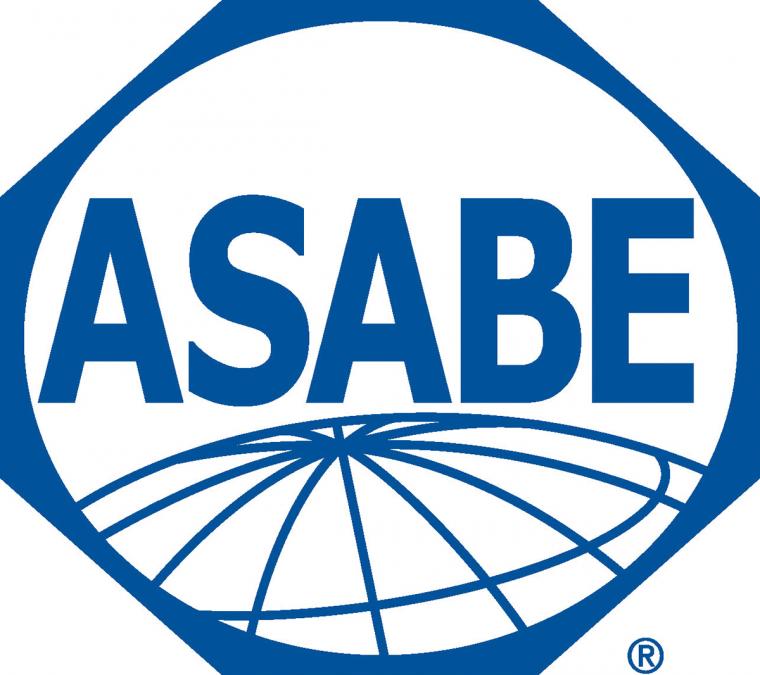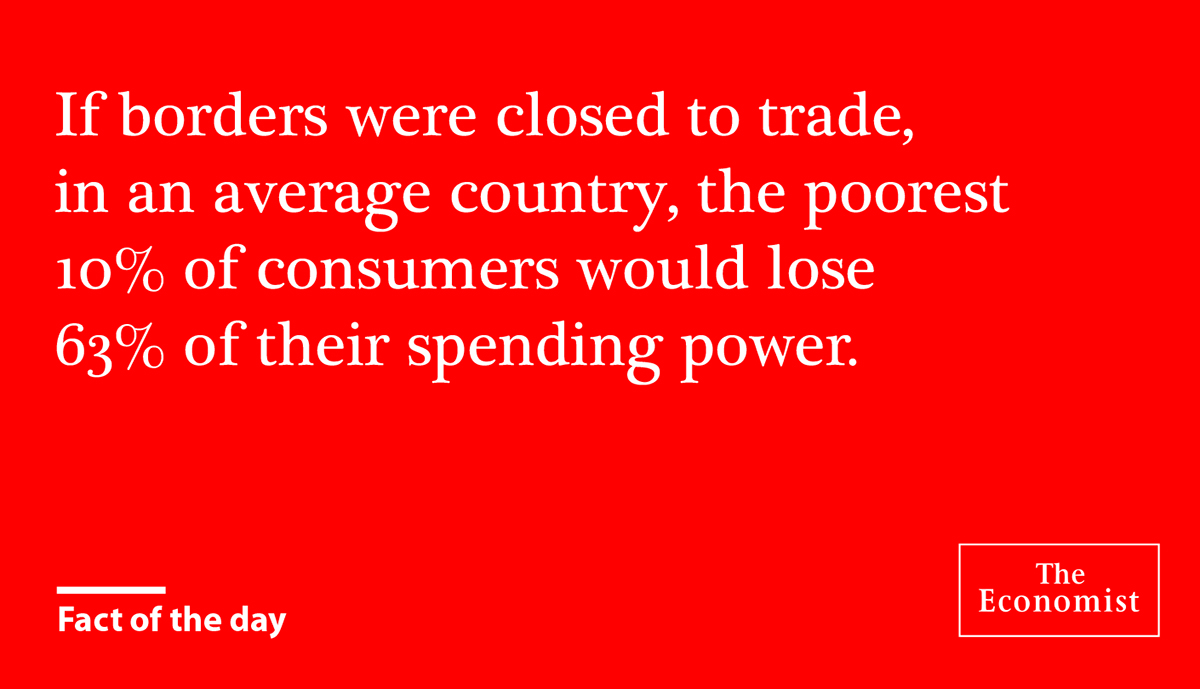
 Is the world getting smaller? Sometimes it feels that way. Electronic communications and affordable air travel are certainly making distances seem shorter.
Is the world getting smaller? Sometimes it feels that way. Electronic communications and affordable air travel are certainly making distances seem shorter.
This has also made regional issues more visible than ever before and allowed sharing a greater range of international solutions to often distant and perplexing problems. In my professional world, the primary focus is on the safe and efficient production of food, fiber, timber and renewable fuels, and the judicious use of water and other natural resources to produce them.
In my 15 years with the American Society of Agricultural and Biological Engineers (ASABE), there are two areas in which those reduced distances have produced pronounced and productive international dialogue: the exchange of technical solutions and the development of international standards.
I often say there is no reason to reinvent the wheel. That is very true in production agriculture. The U.S. is very fortunate to have a great network of advisors helping our farmers and ranchers with production questions and tactics. We have a considerable wealth of knowledge and a steady stream of research information. Some of this comes from university extension programs, some from the sales team for various products, and some from paid consultants. In other parts of the world, such resources are not the norm: The infrastructure we take for granted in the U.S. is in various stages of progression elsewhere.
Fortunately, there are many avenues for making existing information available. One of the reasons organizations like ASABE exists is to be the repository of information for the profession of agricultural and biological engineering. Thus, we are a resource for addressing many critical issues throughout the world. This information is mainly in printed form, and fortunately the internet has solved many prior distribution problems.
 There are other ways in which ASABE works to disseminate information throughout the world. It is common to hear our members discuss their outreach and research work being conducted globally. Some of this comes in the form of direct outreach missions, some as part of networking arrangements between universities and companies, and some as technical meetings and symposia, where international participants either travel to North America or our participants travel to other locales.
There are other ways in which ASABE works to disseminate information throughout the world. It is common to hear our members discuss their outreach and research work being conducted globally. Some of this comes in the form of direct outreach missions, some as part of networking arrangements between universities and companies, and some as technical meetings and symposia, where international participants either travel to North America or our participants travel to other locales.
One recent priority focus has been on the issue of global food security. ASABE leadership recently concluded a very successful conference in South Africa to bring together agricultural and biological engineers and peers to address the challenge of producing and providing healthy and safe food in a sustainable manner. The event drew individuals from academia, government and industry from across the globe. This is one of three such conferences planned to address specific global challenges, often referred to as the food-energy-water (FEW) nexus. The sharing of knowledge in these three areas has a long-lasting and direct impact.
The Economist magazine recently tweeted a very sobering thought: “If borders were closed to trade, in an average country, the poorest 10% of consumers would lose 63% of their spending power.”
The pros and cons of trade, free trade and related topics are continually debated, yet trade remains an important part of our modern world. It is also a very complicated part of our world, a roiling sea of regulations, languages, cultural perspectives and much more. One tool that often helps companies find common denominators in this mix is international standards. My experience with international standards has primarily been through work with the International Organization for Standardization (ISO).
Many people are familiar with ISO 9000 and ISO 14000. These are but two of more than 21,000 published ISO standards. Many more are in the queue. These documents facilitate commerce, providing common and internationally agreed upon specifications, tests, dimensional requirements and conformity assessment protocols, to name a few.
An esoteric subject area to most people, standards are crafted by an extensive hierarchy of technical committees and subcommittees, each with a self-identified group of country participants. Each country has a national standards body that acts as the clearinghouse for their activities. The actions of each individual country are key, because the system operates on the principle of “one country, one vote.”

In North America, national bodies are the Standards Council of Canada (SCC) and the American National Standards Institute (ANSI). As you might expect, the U.S. is quite active in the arena, with representation in most areas of work. For areas where the U.S. has an interest, ANSI normally accredits an organization, like ASABE, to coordinate U.S. input into the process.
Looking at all of this work and effort being expended to develop international standards often is puzzling to those who are not involved. Why would companies spend time and travel dollars to send their technical staff around the world to participate in the development work?
One of the best reasons is that international standards minimize the number of different national and regional standards that exist for a specific product, component or test. In the worst scenario, there would be a national standard for a topic published in every nation where a multi-national company wanted to distribute a product. Thus, technical staff would have to compare the requirements in a number of standards to determine what changes needed to be made, if any, for a given market.
As a very basic example, nearly all international travelers, when they arrive at their destination, find different electrical outlets (and often voltages) for their chargers and other personal electrical devices. Oh, what a wonderful world it would be if all of the world were the same—it would simplify the lives of the users and the designers of electrically powered devices! Fortunately for designers of agricultural implements, there is a good degree of international standardization for hitching and implement driveline connections.
However, the world is a big place, with ample variety, which means companies often have to review and compare numerous standards (not to mention regulations) to meet proper requirements around the world. Because of the time, effort and expense incurred by such work, it is in the best interest of industry to participate in the development of standards. Being at the table when the content of a standard is being debated gives greater insight into what is coming and allows for input along the way. Thus, the very nature of the work tends to attract those at the top of their game in a specific area. T&ID

